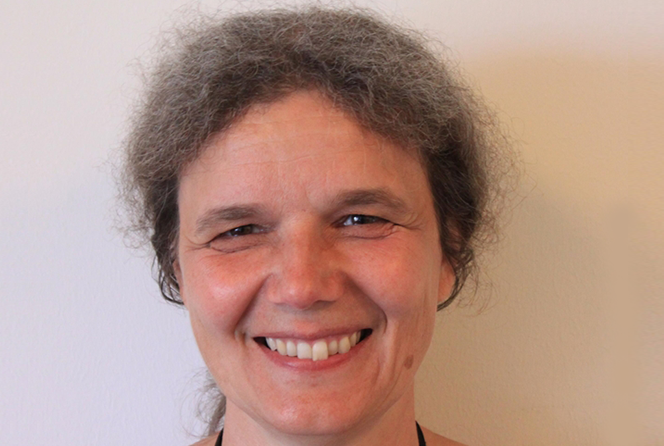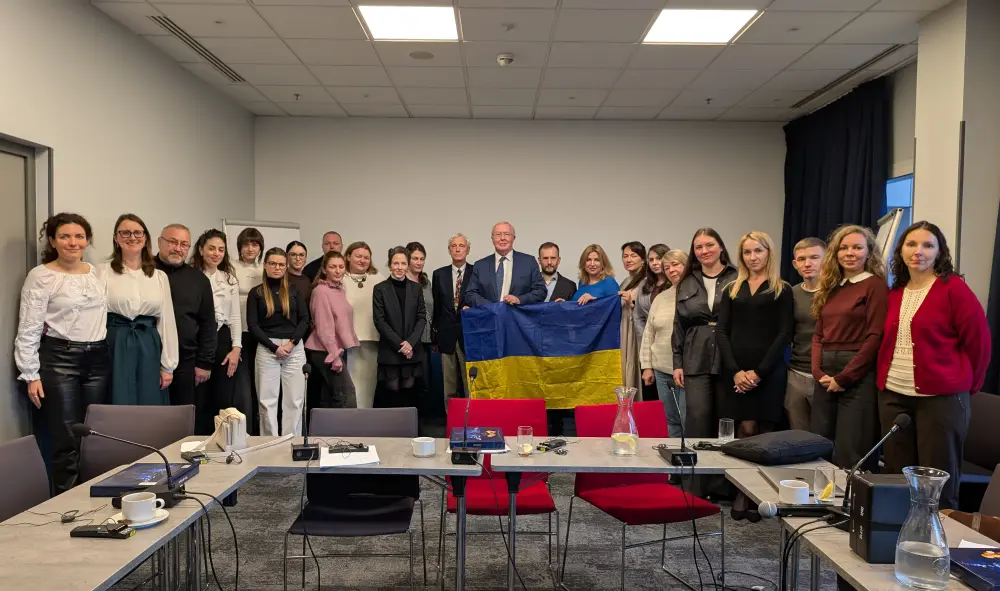It is important that professionals agree on standards for good documentation of torture, explains DIGNITY Interim Medical Director Marie Brasholt
On Wednesday, june 29, United Nations High Commissioner for Human Rights Michelle Bachelet presented an updated version of the so-called Istanbul Protocol at a conference in Geneva.
The Istanbul Protocol was first published by the UN in 1999 and is a guide for doctors, psychologists, lawyers, and others working professionally to document torture.
»A lot has happened since 1999. Therefore, an updated version is needed«, explains Interim Medical Director at DIGNITY Marie Brasholt, who is a member of the UN Subcommittee on Prevention of Torture, SPT.
A number of new court decisions, new medical and psychological research on torture, and torture-related events have made an update necessary, Marie Brasholt points out.
Over the past 23 years, there has been an increased focus on the fact that certain procedures are indeed considered torture or degrading or inhuman treatment. This applies, for example, to examining a man’s rectum to determine if he is homosexual, or examinations of a woman’s vagina to verify her virginity. Since 1999, the UN prison rules, the Mandela Rules, have been updated. A special set of rules on women prisoners, the so-called Bangkok Rules, have been introduced. And the Optional Protocol to the Convention against Torture, OPCAT, entered into force in 2006. All these events call for an update of the Istanbul Protocol, which is the UN’s key document on investigation and documentation of torture.
»It means a lot that professionals, whether they are health professionals, psychologists, or lawyers, agree on the standards for good documentation of torture. If an investigation lives up to the standards, we will better be able to assess whether torture has taken place in specific cases«, says Marie Brasholt.
Dilemmas
She mentions that the updated Istanbul Protocol, among other things, highlights a number of ethical dilemmas that doctors and nurses may face when examining a torture victim.
»For example, there may be a contradiction between a doctor’s legal obligation to report torture to authorities and their professional medical secrecy«, she says, pointing out that there are countries where doctors have such an obligation to report. In some of these countries, victims, however, can’t expect help, but must fear retaliation from the authorities for revealing torture.
»With the updated Istanbul Protocol, it is spelled out more clearly how we as professionals should deal with difficult situations, when we suspect torture, and what considerations are called for«, explains Marie Brasholt.
Marie Brasholt, together with her DIGNITY colleagues, Chief Medical Officer Jens Modvig and Senior Legal Adviser Elna Søndergaard, has contributed to the new Istanbul Protocol. DIGNITY’s contribution has mainly been focused on chapter seven, which contains guidance for doctors, nurses, and other health professionals who detect signs of torture in a patient or are confronted with a patient’s claim of being a torture victim. This could occur in many contexts, for example when a National Preventive Mechanism (NPM) under OPCAT visits a prison, or when a doctor examines a patient in an emergency room. You can find the updated Istanbul Protocol here.




